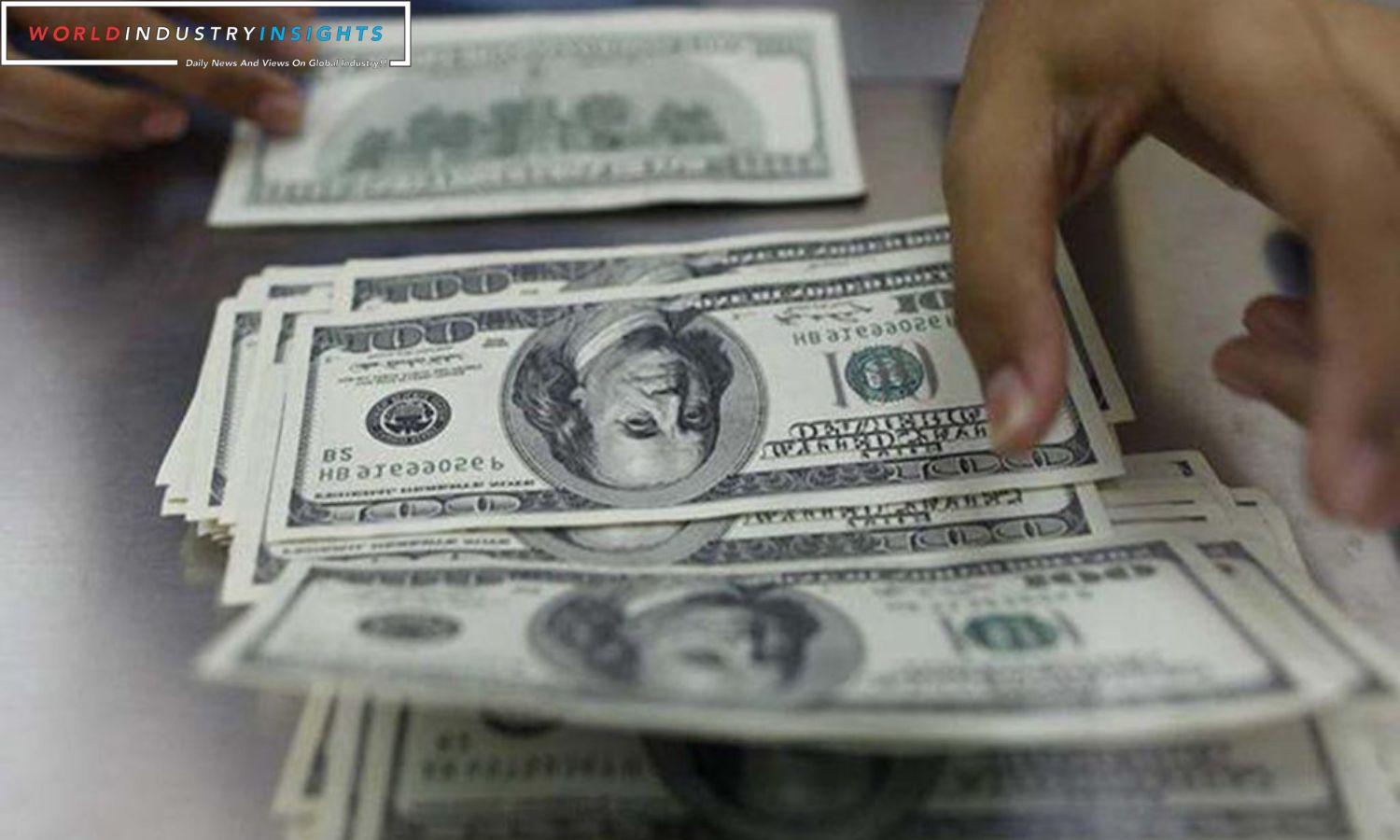Dollar Dilemmas and Yen Triumph: In the midst of Thanksgiving’s tranquil hold on U.S. markets, the dollar found itself in a restrained state, grappling with uncertainties surrounding the trajectory of U.S. interest rates. Simultaneously, the yen flexed its muscles following an uptick in Japan’s core consumer price growth, fueling speculations about a potential rollback of monetary stimulus by the Bank of Japan.
On Friday, with U.S. markets operating on a shortened trading session, currencies were expected to meander within narrow ranges. The dollar index, gauging the greenback against six peers, exhibited a slight ease of 0.058% to 103.71, remaining in proximity to the two-and-a-half-month low reached earlier in the week at 103.17.
This downtrend in the dollar, down 2.8% for the month, signifies a year’s weakest monthly performance, driven by mounting expectations that the Federal Reserve has concluded its interest rate hikes and may embark on rate cuts in the coming year.
Notably, market sentiment regarding Fed rate cuts in 2024 has tempered, with futures indicating a 26% chance of a rate cut in March 2024, compared to 33% the previous week, as per CME Group‘s FedWatch tool.
Meanwhile, Japan’s core consumer price index in October rose by 2.9% year-on-year, slightly below the 3.0% anticipated by economists. This marginal increase, following a dip the previous month, has reinforced the belief among investors that the Bank of Japan might soon shift away from its accommodative stance.
Also Read: Market Thanksgiving Tango: A Pause, Caution, and Dollar Dilemmas
ING economists project a departure from the current super-accommodative stance in the first quarter of the upcoming year. The prospect of a rate hike in Q2 2024 looms if wage growth continues to accelerate.
As the yen strengthened by 0.21% to 149.23 per dollar, distancing itself from the recent 33-year low, concerns about Japan’s economic fragility persist. A sixth consecutive monthly contraction in factory activity, coupled with stagnant growth in the service sector, underscores the challenges faced by the Japanese economy amidst soft demand and inflation.
Elsewhere, the euro held steady at $1.09065, marking a 0.16% overnight increase, driven by indications that Germany’s recession might be shallower than expected. Sterling saw a 0.06% rise to $1.254, while the Australian dollar and the kiwi experienced minor gains.
In the realm of cash Treasuries, trading resumed in Asia with the yield on 10-year Treasury notes up by 4.3 basis points to 4.459%. The 30-year Treasury bond saw a 3.6 basis points rise to 4.584%, offering a snapshot of the shifting dynamics in the global financial landscape amid a delicate dance of currencies.


